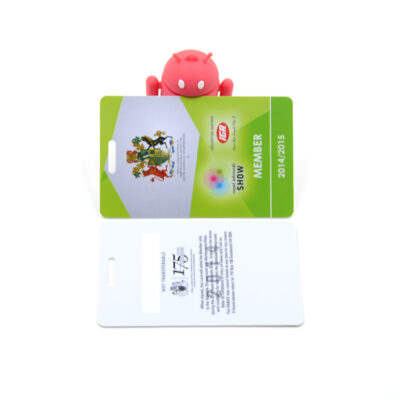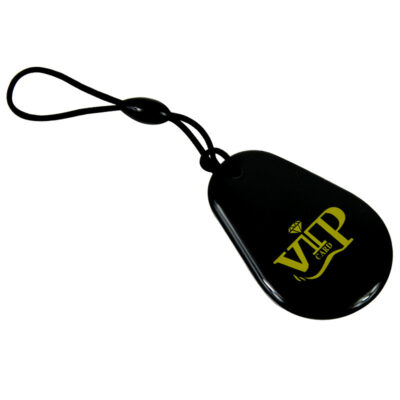RFID wristbands have become a popular choice for a variety of applications, including events, access control, and cashless payment systems. A common question is whether these wristbands can be reused after their initial use. The answer depends on several factors, including the wristband‘’s design, the materials used, and the policies of the institution using it.
Below is a detailed explanation of the reusability of RFID wristbands.
Design and Construction
The reusability of an RFID wristband depends largely on its design. Some wristbands are designed for single-use, particularly in high-security environments or large events where tracking and access control are crucial. These wristbands often feature locking mechanisms that make them difficult to remove without cutting them, ensuring they cannot be reused.
On the other hand, there are also RFID wristbands designed for multiple uses. These wristbands often have adjustable buckles for easy donning and removal, allowing for reusability. Organizations can choose the type of wristband that best suits their needs based on the intended use.
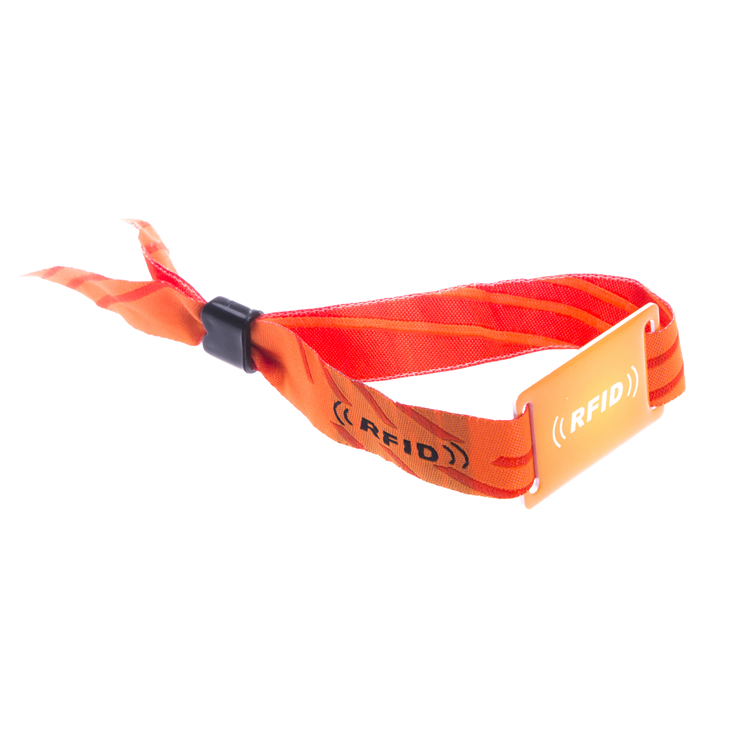
Durability and Maintenance
RFID wristbands are typically made of durable materials and are designed to last. If the wristband is designed to be reusable, it can be cleaned and maintained to ensure it remains in good condition for future events. Proper care can extend the life of the wristband, making it a more sustainable option than disposable wristbands.

Data Reprogramming
With reusable RFID wristbands, the RFID chip embedded in the wristband is typically reprogrammable. This means that data associated with the wristband (such as access rights or user information) can be updated with each new event or use. This feature enables organizations to maximize their investment in RFID technology and adapt the wristband to different applications.
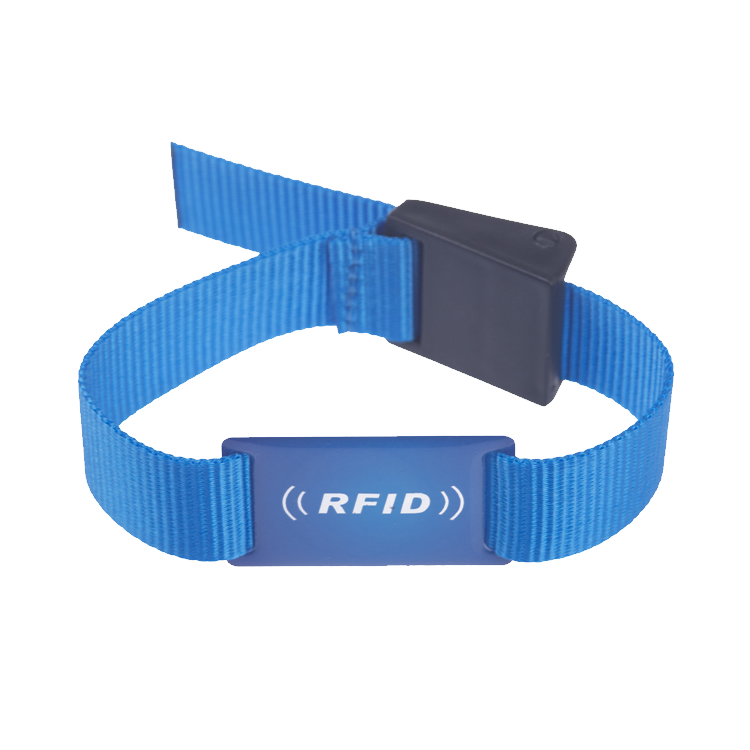
Cost-effectiveness
Reusable RFID wristbands are a cost-effective solution for organizations that host multiple events or require ongoing access control. Investing in high-quality reusable wristbands can reduce the need for frequent replacements, saving long-term costs. This approach not only reduces costs but also promotes environmental sustainability by minimizing waste.
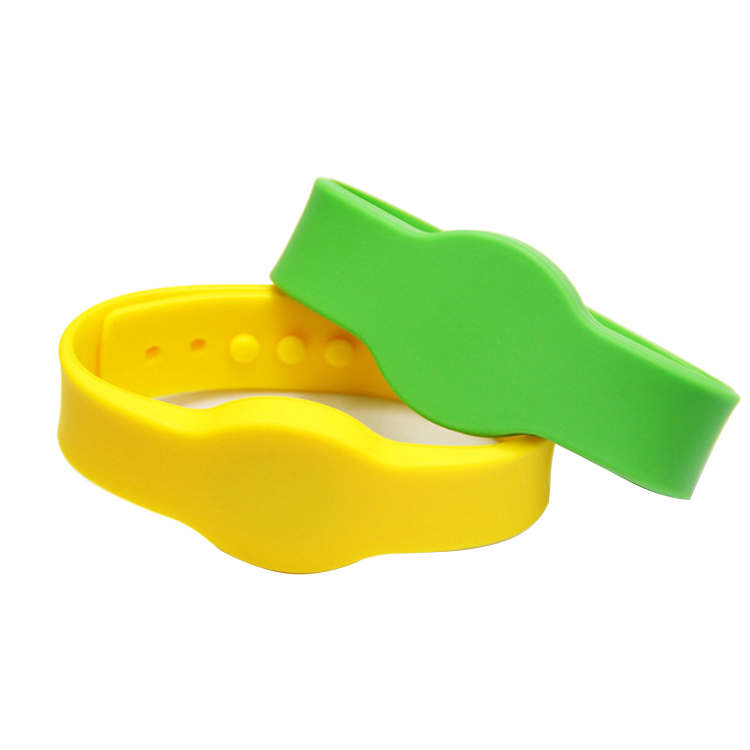
Best Practices for Reuse
If an organization decides to implement reusable RFID wristbands, it must establish best practices to ensure their effectiveness and security:
Cleaning Protocol: Develop a cleaning protocol to ensure wristbands are sanitary and suitable for future use.
Data Management: Implement a system to reprogram RFID chips to ensure the correct information is associated with each wristband.
Inventory Tracking: Maintain an inventory system to track wristbands and ensure they are returned after each event.
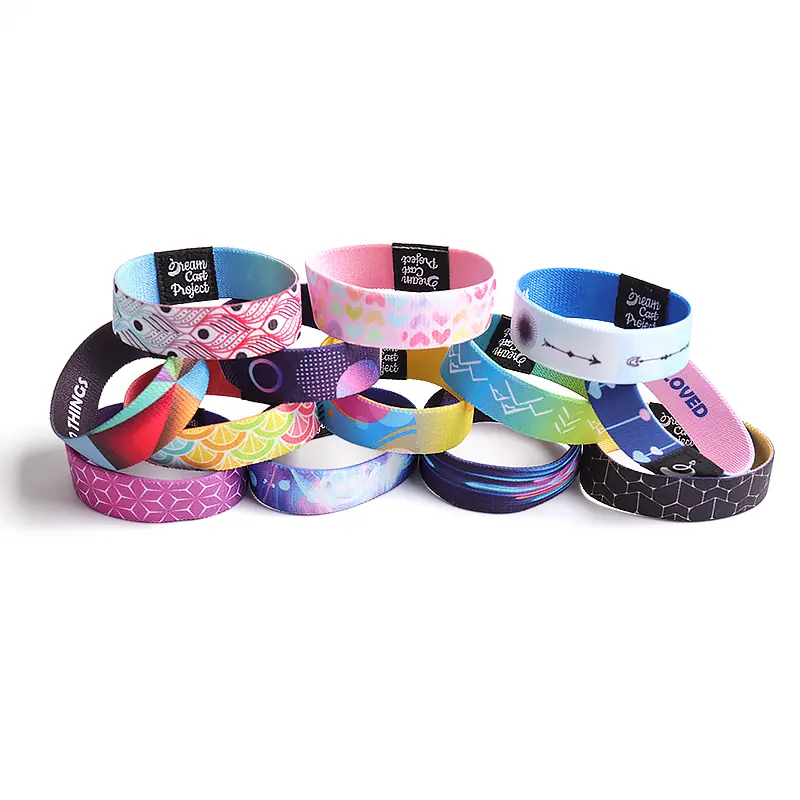
Ultimately, whether an RFID wristband is reusable depends on its design, intended use, and organizational policies. Some wristbands are designed for single-use, but others can be effectively reused with proper care and management. By selecting high-quality, durable wristbands and implementing best practices, organizations can enhance their sustainability and reduce costs while maintaining effective access control and event management.


